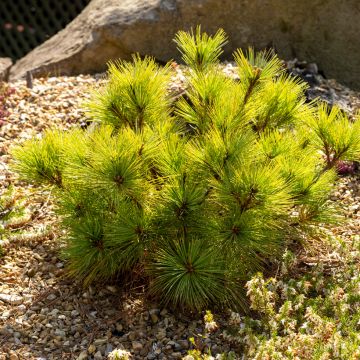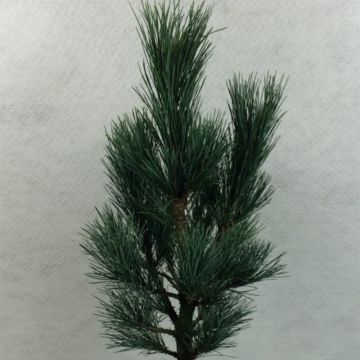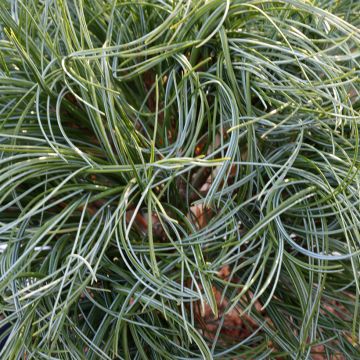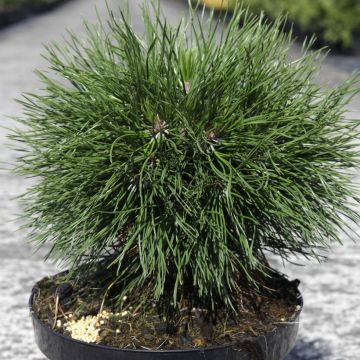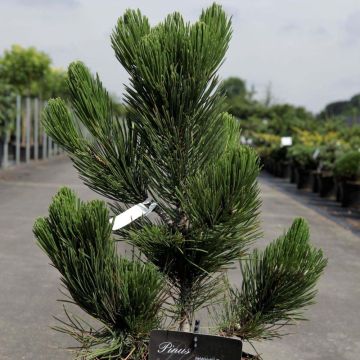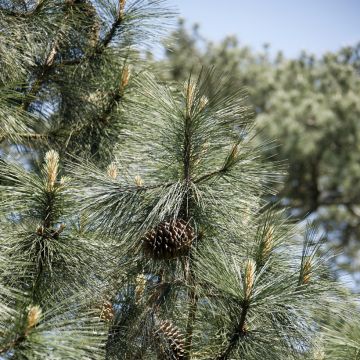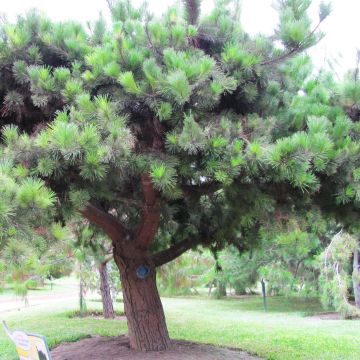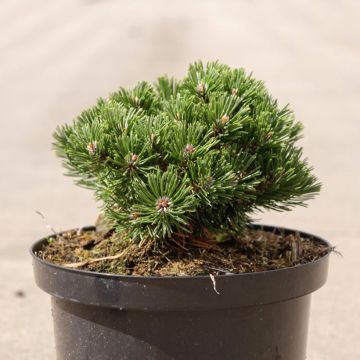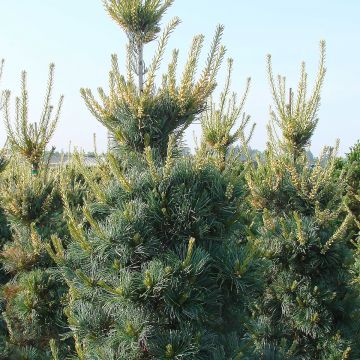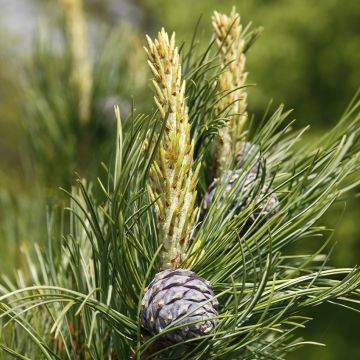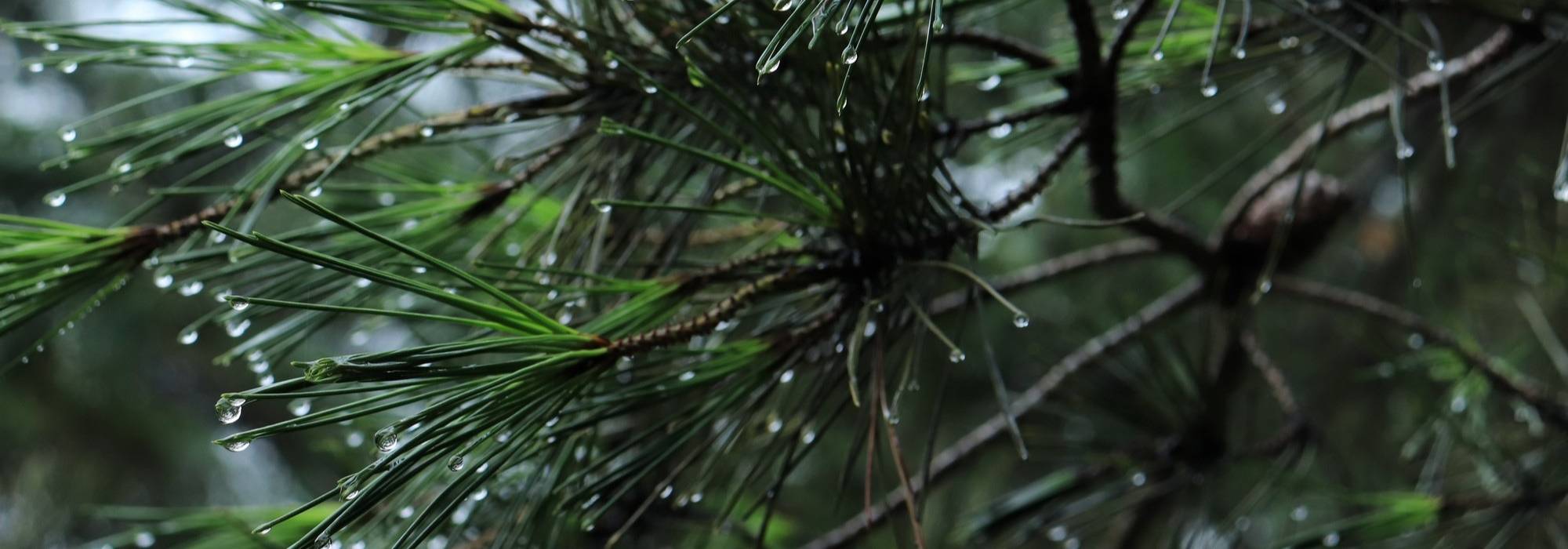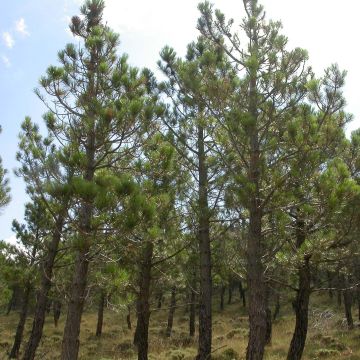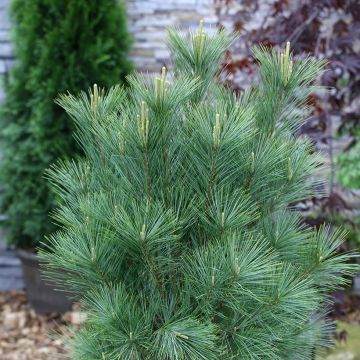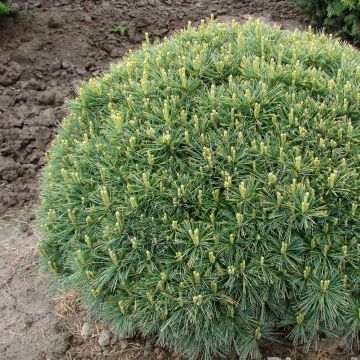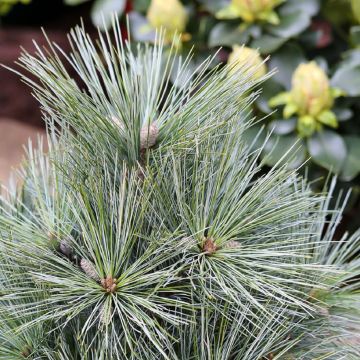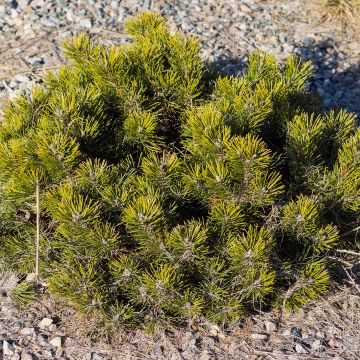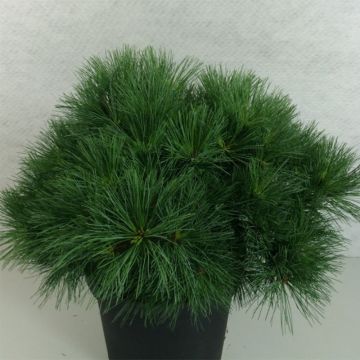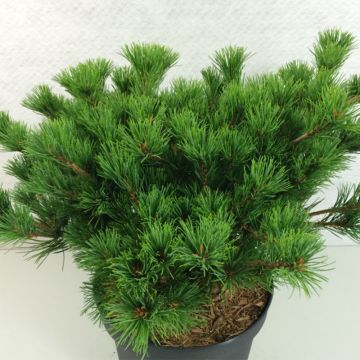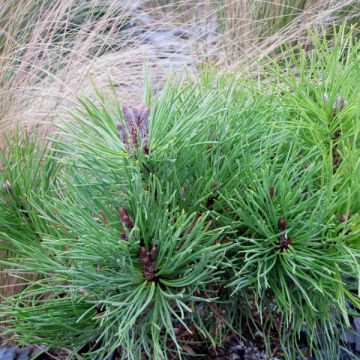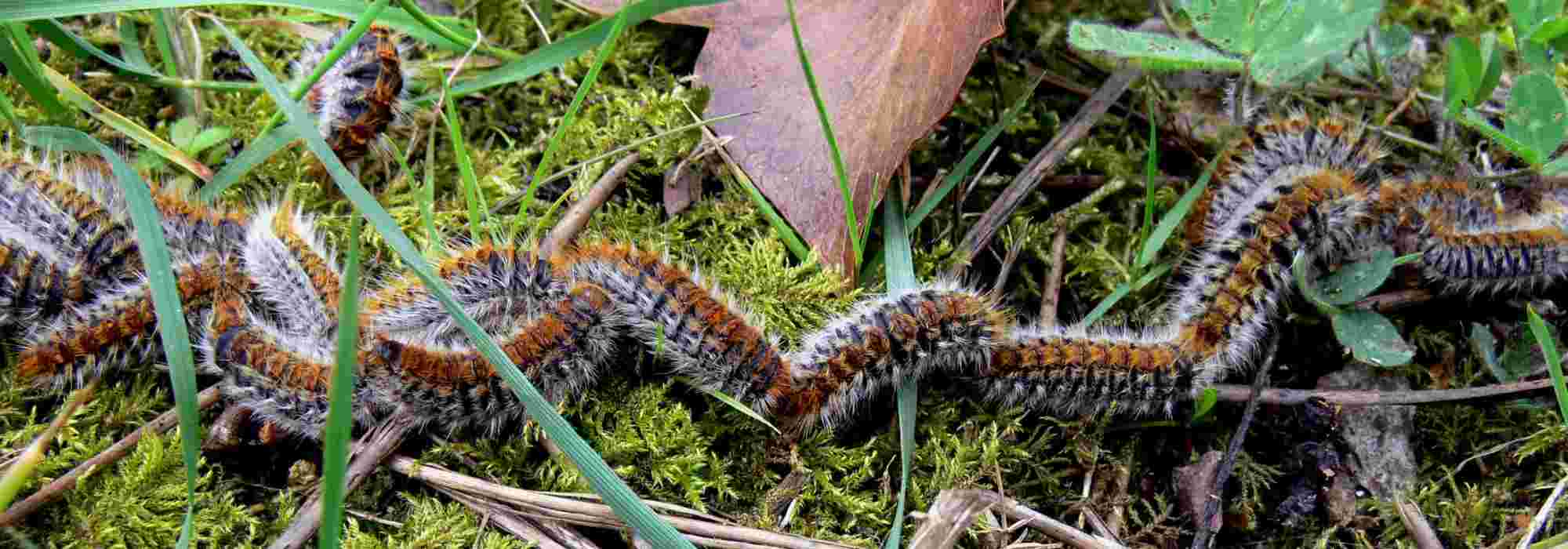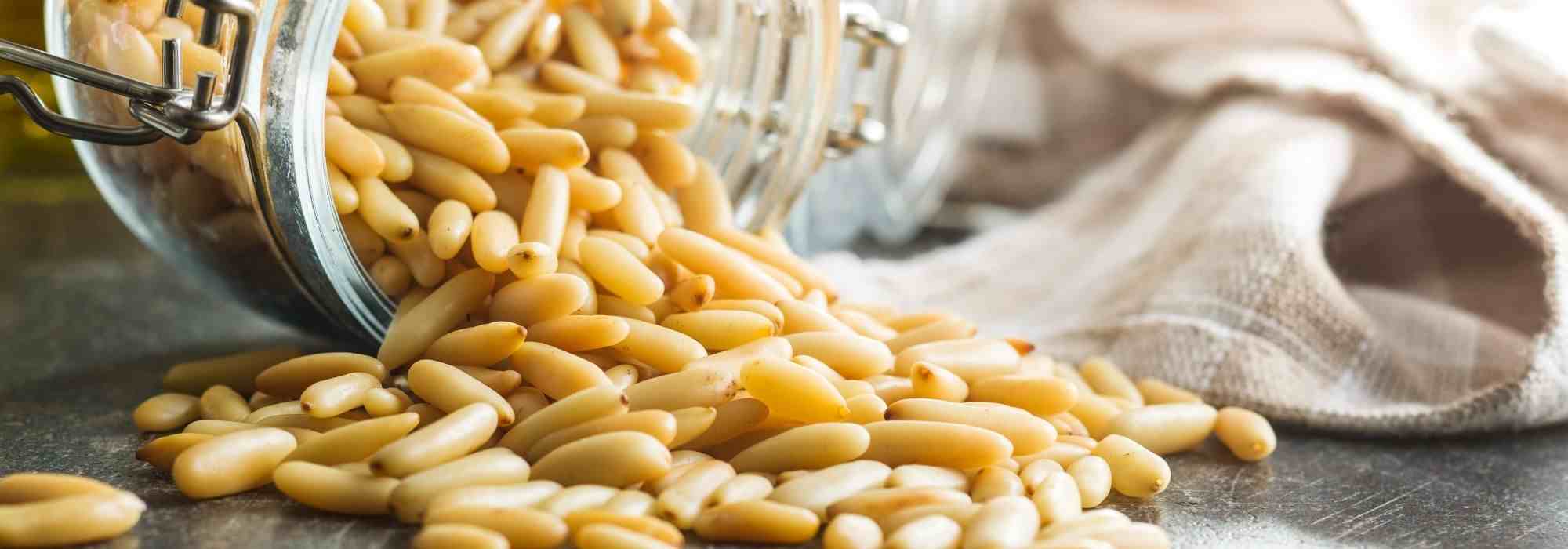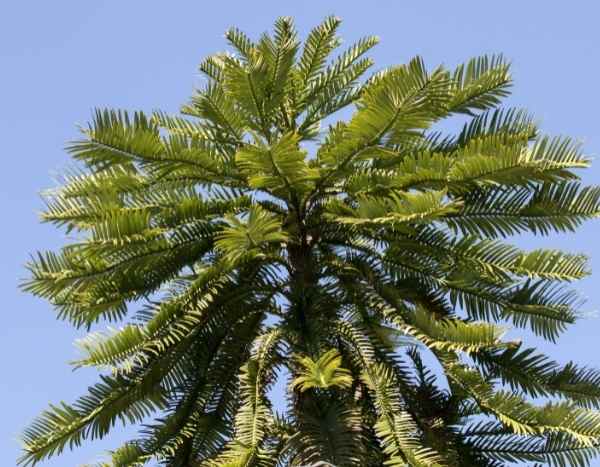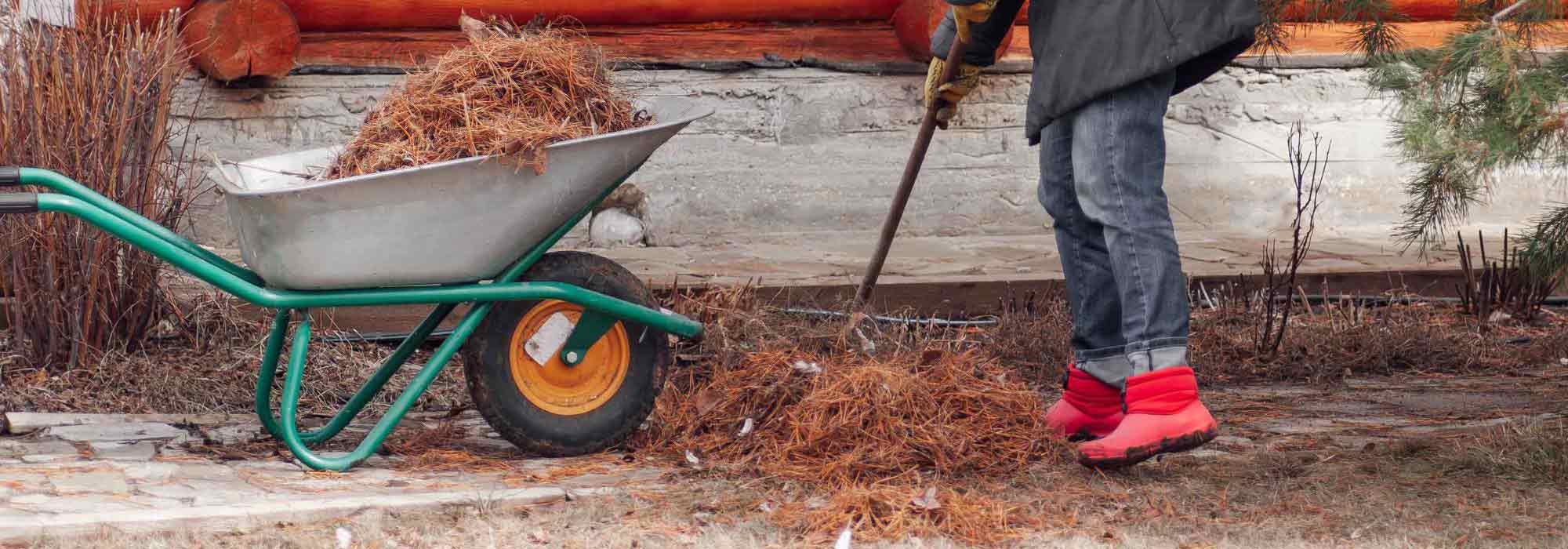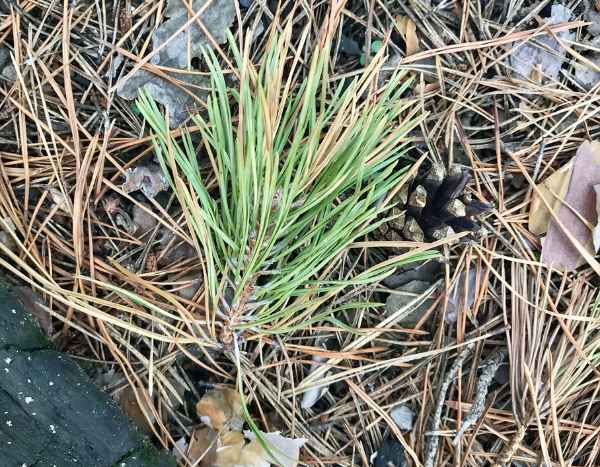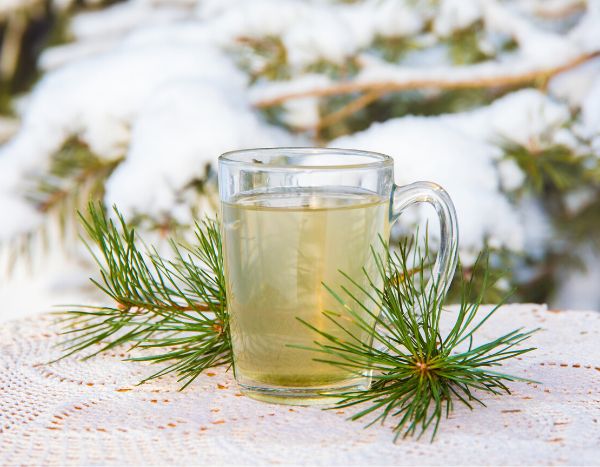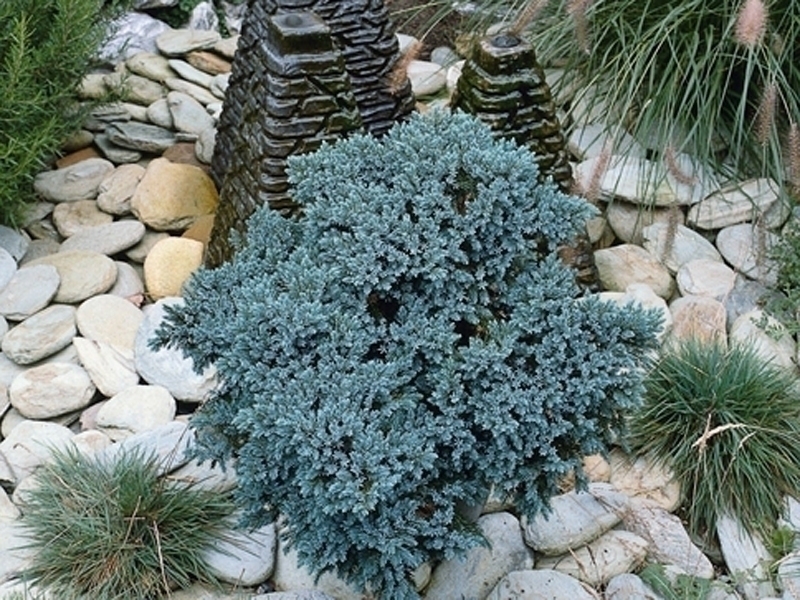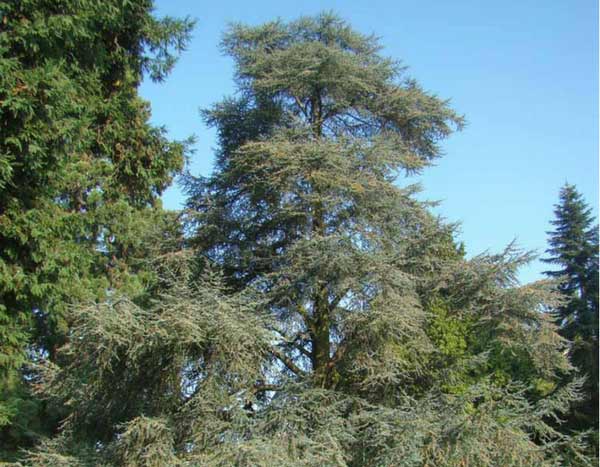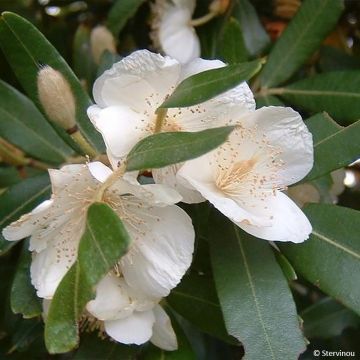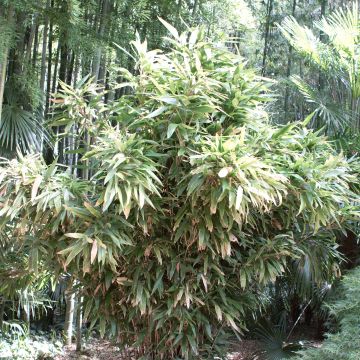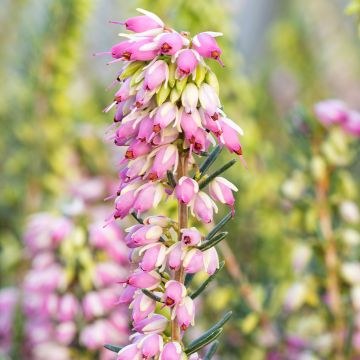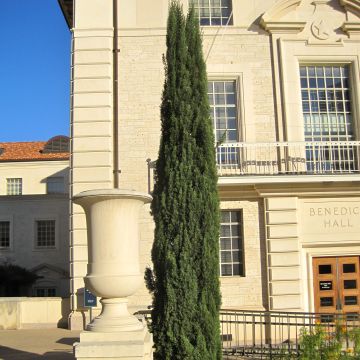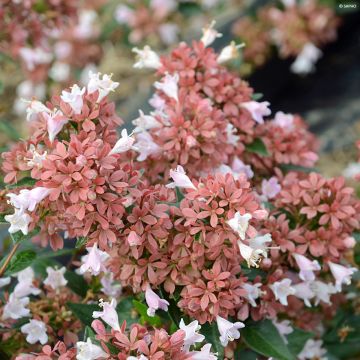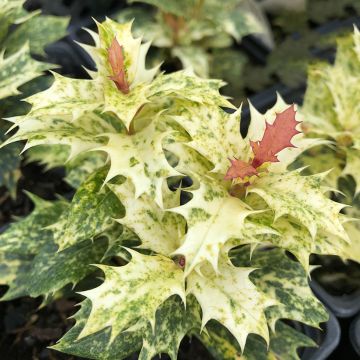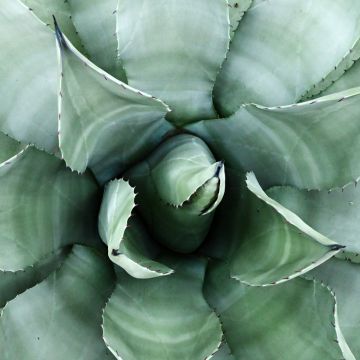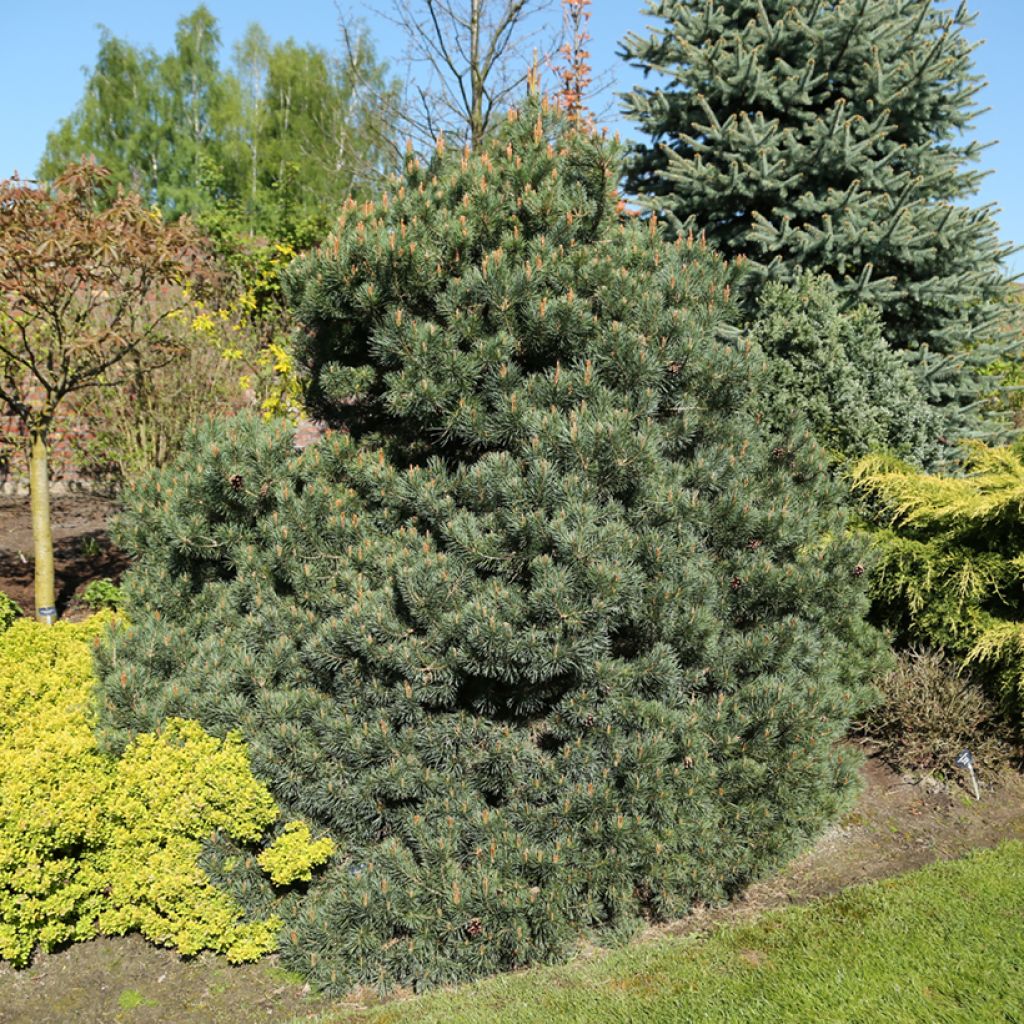

Pinus sylvestris Beuvronensis - Dwarf scots pine
Pinus sylvestris Beuvronensis - Dwarf scots pine
Pinus sylvestris Beuvronensis
Scots Pine
Special offer!
Receive a €20 voucher for any order over €90 (excluding delivery costs, credit notes, and plastic-free options)!
1- Add your favorite plants to your cart.
2- Once you have reached €90, confirm your order (you can even choose the delivery date!).
3- As soon as your order is shipped, you will receive an email containing your voucher code, valid for 3 months (90 days).
Your voucher is unique and can only be used once, for any order with a minimum value of €20, excluding delivery costs.
Can be combined with other current offers, non-divisible and non-refundable.
Why not try an alternative variety in stock?
View all →This plant carries a 24 months recovery warranty
More information
We guarantee the quality of our plants for a full growing cycle, and will replace at our expense any plant that fails to recover under normal climatic and planting conditions.
Would this plant suit my garden?
Set up your Plantfit profile →
Description
Pinus sylvestris 'Beuvronensis' is a miniature form of the Scots Pine, which over time forms a dome as wide as it is tall. Its blue-green foliage is attractive in all seasons. Its slow growth makes it suitable for container cultivation, for ornamenting a rock garden or flower bed. This extremely hardy, charming conifer thrives in full sun, in most well-drained soils, even fairly dry in summer. A find for small gardens and alpine settings!
With over 110 recorded species, the Pinus genus, which gives its name to the Pinaceae family, is the richest among conifers. It is well represented in the wild alongside other members of the Pinaceae: Firs (Abies), Spruces (Picea), and Larches (Larix). To facilitate classification, Pines are typically distinguished by the number of needles grouped on the shoots: two, three, or five. Pinus sylvestris is a five-needle Pine, with an immense range extending from Spain to northern Siberia and as far as the Amur River in Asia. Due to this ubiquitous and cosmopolitan character, capable of thriving in lowlands as well as mid-mountain areas under a multitude of climates, the species has split into numerous natural varieties. Generally, the Scots Pine can reach heights of 25 to 40 m and live up to 600 years. It is recognisable by the glaucous green of its foliage, and its bark, which is often ochre-red in the upper part of the tree and on the branches. It is a light-loving conifer, adapted to drought and the harshest cold, tolerating poor soils well.
Scots Pine 'Beuvronensis' is a witches' broom discovered in France around 1891 and propagated since in nurseries for ornamental gardens. Witches' brooms result in abnormally dense branching and are relatively common in nature or even occasionally in urban plantings. They are attributed to mutations or diseases caused by fungi or bacteria. With a very slow growth rate of 2 to a maximum of 15 cm per year, this conifer will reach 60 to 100 cm in height and width within 10 years. At maturity, which takes 20 to 50 years, it will peak at a maximum height of 2 m, forming a fairly regular, attractive dome. Its foliage takes on a blue-green hue, varying somewhat with the seasons, sometimes leaning more towards green or grey-blue. The needles, paired in a sheath, measure 3 to 6 cm in length. The bark is rather decorative, with shades ranging from orange to brown-red, but patience will be required to enjoy it... With exceptional hardiness (-30°C and below), this Pine can be planted even at high altitudes. It tolerates most soils, from acidic to moderately calcareous, even poor or sandy ones, provided they are well-drained.
Pinus sylvestris 'Beuvronensis' will find its place in a mixed flower bed, large rock garden, or container on the terrace. Its cushion-like habit pairs well with stones to create a nature-inspired scene. Plant alongside other rock garden plants, such as Phlox douglasii 'Lilac Cloud', a small, ground-covering perennial, floriferous in May and June, or Aster sedifolius 'Nanus', an Aster offering small mauve daisies with yellow centres late in the season.
Plant habit
Foliage
Botanical data
Pinus
sylvestris
Beuvronensis
Pinaceae
Scots Pine
Cultivar or hybrid
Other Pinus - Pine
View all →Planting and care
Plant Pinus sylvestris 'Beuvronensis' from September to November and from February to April, in light, well-drained soil, close to neutral, even if poor. It prefers sandy or loamy, non-calcareous, moist to dry soil. Choose a sunny and open spot where it can develop without competition from other plants too close by. Soak the root ball thoroughly for a quarter of an hour before planting. Add organic matter at planting time and water generously for the first three years, and during prolonged drought. In very poor soil, you can apply a special conifer fertiliser every two years in April. Hoe the soil in summer. This very hardy conifer (down to at least -30°C) dislikes waterlogged, heavy and compacted soils, as well as overly alkaline soils. Pruning is not necessary, unless you choose to train it as a bonsai.
Planting period
Intended location
Care
Planting & care advice
This item has not been reviewed yet - be the first to leave a review about it.
Similar products
Haven't found what you were looking for?
Hardiness is the lowest winter temperature a plant can endure without suffering serious damage or even dying. However, hardiness is affected by location (a sheltered area, such as a patio), protection (winter cover) and soil type (hardiness is improved by well-drained soil).

Photo Sharing Terms & Conditions
In order to encourage gardeners to interact and share their experiences, Promesse de fleurs offers various media enabling content to be uploaded onto its Site - in particular via the ‘Photo sharing’ module.
The User agrees to refrain from:
- Posting any content that is illegal, prejudicial, insulting, racist, inciteful to hatred, revisionist, contrary to public decency, that infringes on privacy or on the privacy rights of third parties, in particular the publicity rights of persons and goods, intellectual property rights, or the right to privacy.
- Submitting content on behalf of a third party;
- Impersonate the identity of a third party and/or publish any personal information about a third party;
In general, the User undertakes to refrain from any unethical behaviour.
All Content (in particular text, comments, files, images, photos, videos, creative works, etc.), which may be subject to property or intellectual property rights, image or other private rights, shall remain the property of the User, subject to the limited rights granted by the terms of the licence granted by Promesse de fleurs as stated below. Users are at liberty to publish or not to publish such Content on the Site, notably via the ‘Photo Sharing’ facility, and accept that this Content shall be made public and freely accessible, notably on the Internet.
Users further acknowledge, undertake to have ,and guarantee that they hold all necessary rights and permissions to publish such material on the Site, in particular with regard to the legislation in force pertaining to any privacy, property, intellectual property, image, or contractual rights, or rights of any other nature. By publishing such Content on the Site, Users acknowledge accepting full liability as publishers of the Content within the meaning of the law, and grant Promesse de fleurs, free of charge, an inclusive, worldwide licence for the said Content for the entire duration of its publication, including all reproduction, representation, up/downloading, displaying, performing, transmission, and storage rights.
Users also grant permission for their name to be linked to the Content and accept that this link may not always be made available.
By engaging in posting material, Users consent to their Content becoming automatically accessible on the Internet, in particular on other sites and/or blogs and/or web pages of the Promesse de fleurs site, including in particular social pages and the Promesse de fleurs catalogue.
Users may secure the removal of entrusted content free of charge by issuing a simple request via our contact form.
The flowering period indicated on our website applies to countries and regions located in USDA zone 8 (France, the United Kingdom, Ireland, the Netherlands, etc.)
It will vary according to where you live:
- In zones 9 to 10 (Italy, Spain, Greece, etc.), flowering will occur about 2 to 4 weeks earlier.
- In zones 6 to 7 (Germany, Poland, Slovenia, and lower mountainous regions), flowering will be delayed by 2 to 3 weeks.
- In zone 5 (Central Europe, Scandinavia), blooming will be delayed by 3 to 5 weeks.
In temperate climates, pruning of spring-flowering shrubs (forsythia, spireas, etc.) should be done just after flowering.
Pruning of summer-flowering shrubs (Indian Lilac, Perovskia, etc.) can be done in winter or spring.
In cold regions as well as with frost-sensitive plants, avoid pruning too early when severe frosts may still occur.
The planting period indicated on our website applies to countries and regions located in USDA zone 8 (France, United Kingdom, Ireland, Netherlands).
It will vary according to where you live:
- In Mediterranean zones (Marseille, Madrid, Milan, etc.), autumn and winter are the best planting periods.
- In continental zones (Strasbourg, Munich, Vienna, etc.), delay planting by 2 to 3 weeks in spring and bring it forward by 2 to 4 weeks in autumn.
- In mountainous regions (the Alps, Pyrenees, Carpathians, etc.), it is best to plant in late spring (May-June) or late summer (August-September).
The harvesting period indicated on our website applies to countries and regions in USDA zone 8 (France, England, Ireland, the Netherlands).
In colder areas (Scandinavia, Poland, Austria...) fruit and vegetable harvests are likely to be delayed by 3-4 weeks.
In warmer areas (Italy, Spain, Greece, etc.), harvesting will probably take place earlier, depending on weather conditions.
The sowing periods indicated on our website apply to countries and regions within USDA Zone 8 (France, UK, Ireland, Netherlands).
In colder areas (Scandinavia, Poland, Austria...), delay any outdoor sowing by 3-4 weeks, or sow under glass.
In warmer climes (Italy, Spain, Greece, etc.), bring outdoor sowing forward by a few weeks.






























